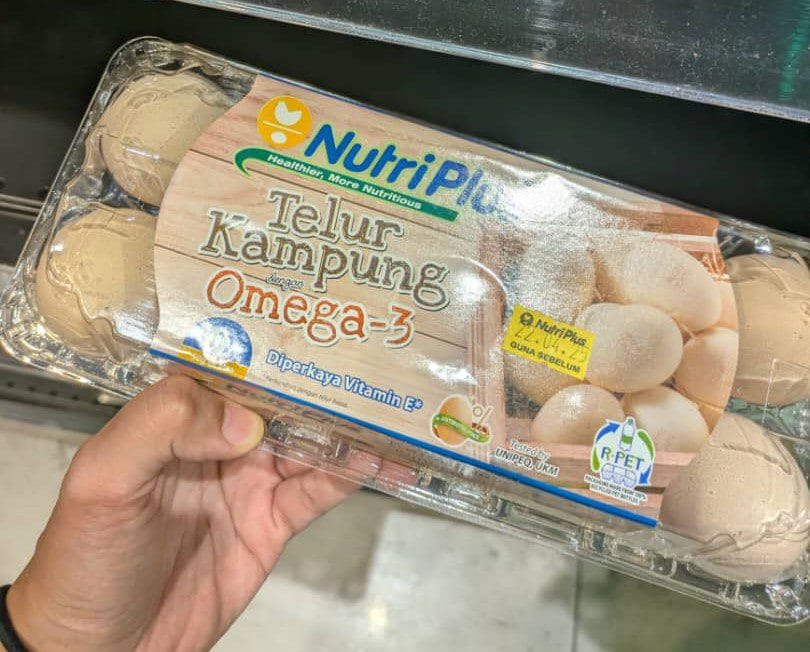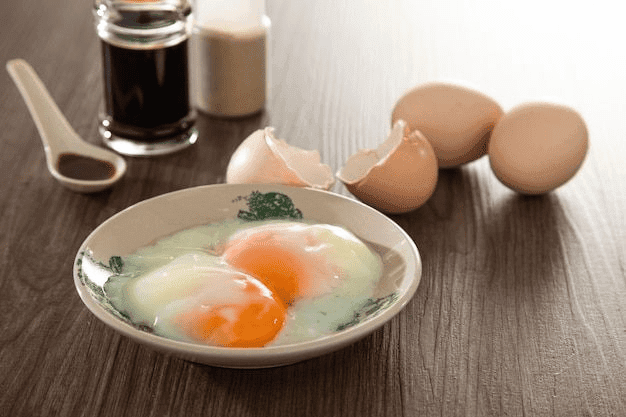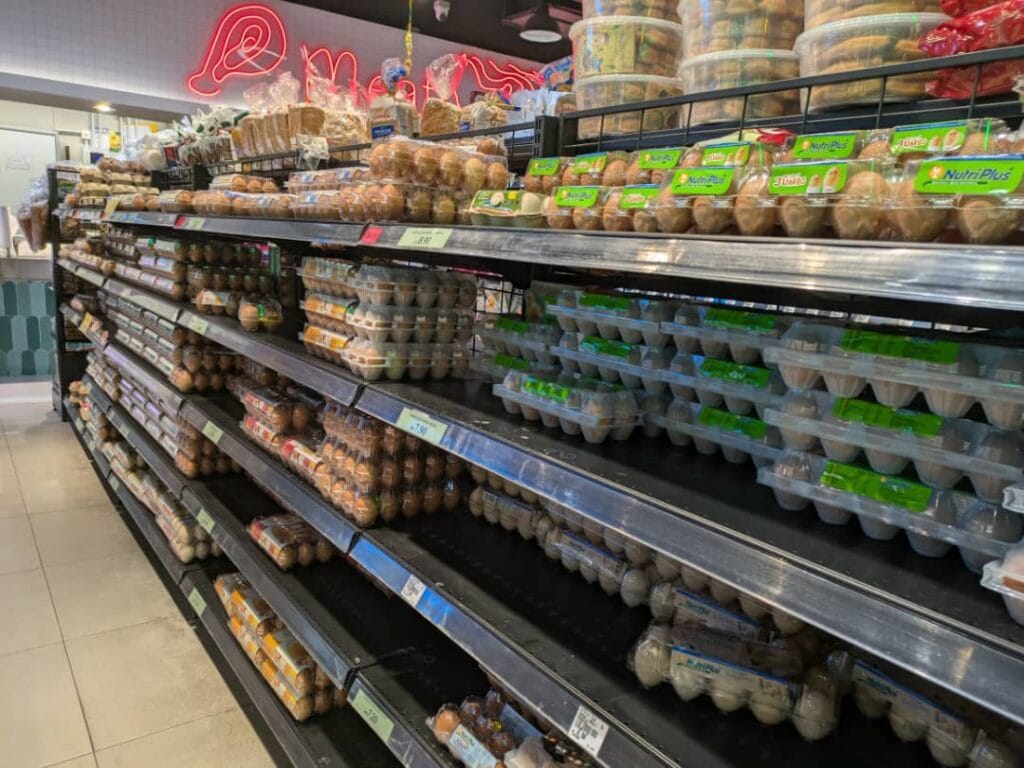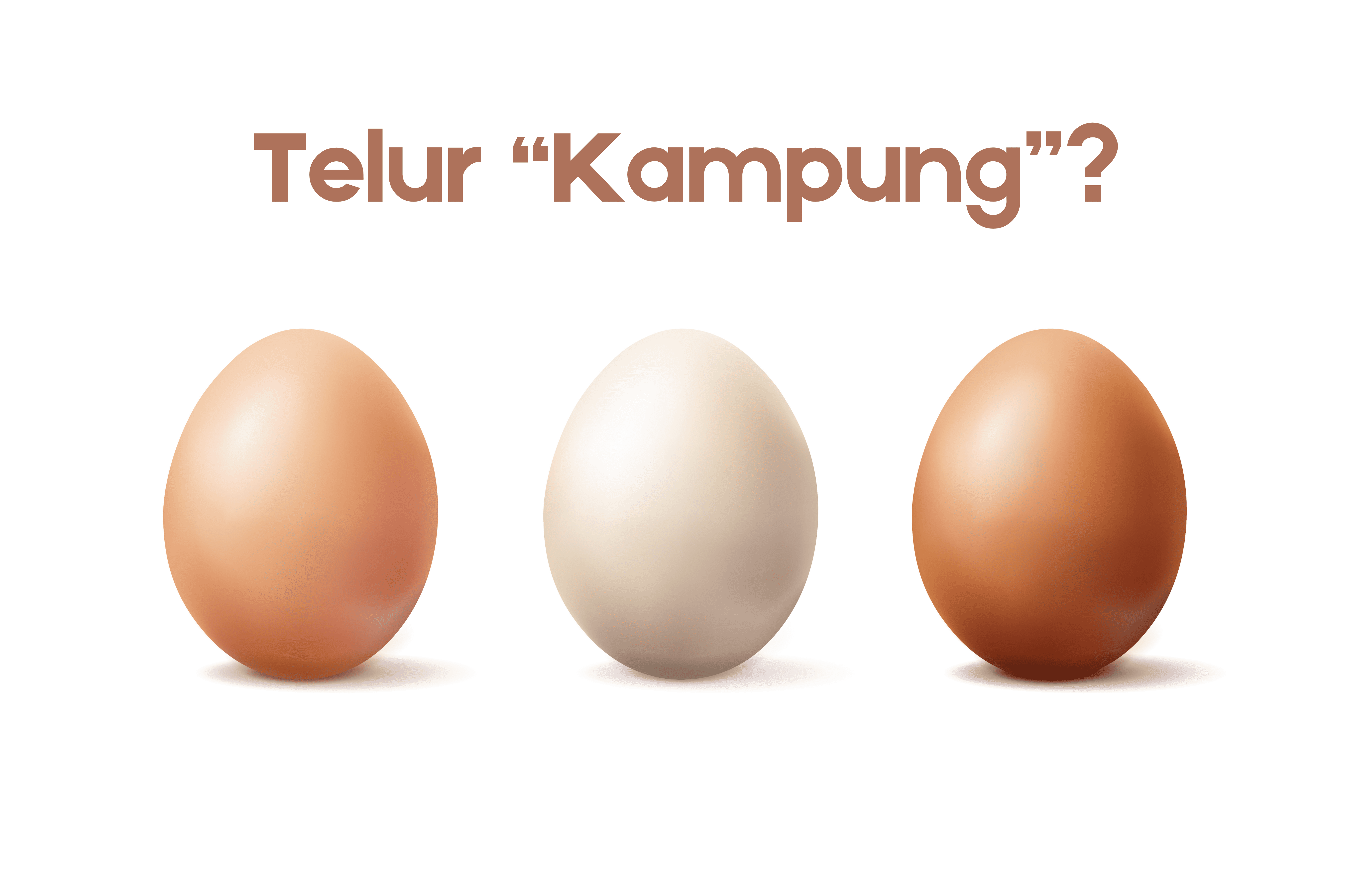In supermarket aisles across Malaysia, consumers face a familiar dilemma: do you pay RM16–RM18 for a tray of “telur kampung” with light beige shells, or RM12 for commercial eggs with uniform brown shells?
Kampung eggs are marketed as healthier, more natural, and ethically produced. But are they truly worth the premium, or are Malaysians simply paying for a cleverly designed marketing illusion?
Let’s unpack the truth, with financial literacy in mind.
1. Shell Color: Looks Can Be Deceiving
Kampung eggs often appear lighter in color, while commercial eggs tend to be brown. This difference is due to chicken breed genetics, not nutrition.

- Brown eggs come from breeds like Hyline, Lohman Brown, or ISA Brown.
- White eggs come from Leghorns or similar white-egg-laying breeds.
Shell color has zero impact on nutrition. But because lighter shells look more “natural,” many shoppers are psychologically swayed into paying more. This is classic perception-based spending.
2. Original vs. Supermarket “Kampung” Eggs: What’s the Real Difference?
| Feature | True Kampung Egg | Supermarket “Kampung Egg” (Typical) |
|---|---|---|
| Breed | Ayam Kampung (native, mixed breed) | White-egg breeds like Leghorn |
| Shell Color | White or beige (variable) | White or pale brown |
| Raising Method | Free-range, often backyard-raised | Semi-controlled, large-scale farm |
| Egg Yield | Low (1–3 eggs/week) | High (5–6 eggs/week) |
| Taste/Yolk | Rich, more intense flavor (varied diet) | Mild (pellet-based diet) |
| Price (Retail) | RM1.00–RM1.50 per egg | RM0.50–RM0.90 per egg (tray) |
| Availability | Farmers’ markets, rural vendors | Supermarkets (packaged) |
| Certifications | Rare, unbranded | Usually none for “kampung” label |
Most supermarket “kampung” eggs are commercial white-shell eggs, not laid by Ayam Kampung, and not guaranteed to be free-range. For example, Nutriplus Telur Kampung is a white-shell egg, likely from Leghorns, not native kampung breeds.

3. Nutritional Value: It’s All in the Feed
Do kampung eggs offer more nutrition?
Only if the chickens are pasture-raised and eat natural, nutrient-rich diets. But most don’t.
- Egg nutrients are determined by feed formulation, not breed.
- “Omega-3”, “DHA”, or “Selenium” eggs are just eggs from commercial hens fed specialized feed.
- These additives increase production cost, but they also bypass price control mechanisms, making them a strategic, high-margin product.
So when you see premium labels, remember: the only real difference may be the feed, not the egg itself.
4. Pricing Breakdown: How Much More Are You Paying for “Kampung” Branding?
| Egg Type | Brand Example | Price (30 pcs) | Price per egg | Notes |
| Supermarket “Telur Kampung” | Nutriplus Telur Kampung Egg | RM16.40 | RM0.55 | White-shell Leghorn breed; not Ayam Kampung |
| Commercial Brown Egg | Nutriplus Fresh Eggs (A) | RM12.60 | RM0.42 | Standard brown eggs |
| Branded Omega-3 Eggs | QL Omega / Nutriplus Omega | RM8.15–RM11.55 | ~RM0.77–RM0.82 | Nutrient-enhanced through feed |
| Real Kampung Eggs | Wet market / rural vendors | ~RM30 | RM1.00–RM1.20 | Native breed, truly free-range (if genuine) |
The takeaway: “kampung” label doesn’t mean kampung origin. And you’re often paying ~RM3–RM6 more per tray just for the branding.
5. Branding and the Illusion of Choice
Egg companies diversify their labels to influence buying behaviour:
- QL Sandy Eggs vs. Nutriplus Telur Kampung: both likely white eggs, just packaged differently.
- Jumbo eggs often come from older chickens near culling age (bigger, but lower yield).
- Nutriplus’s “Telur Kampung” is not from Ayam Kampung, but commercial Leghorn-type breeds.
Consumers are offered many choices, but the actual product differentiation is minimal. This drives sales by offering the illusion of quality tiers.
6. Free Range & Organic Labels: Misleading or Meaningful?
“Free-range” and “organic” sound great, but they’re not always regulated clearly in Malaysia.
- “Free-range” can mean access to a large indoor enclosure, not necessarily open fields.
- “Organic” may only refer to feed, not overall welfare or freedom.
Consumers are urged to research brands, look for certifications, and not rely on vague labels.
7. The Kopitiam Kampung Egg Illusion
Order two half-boiled eggs at a kopitiam and you’ll likely hear “telur kampung.” But most are:
- White-shell commercial eggs from Leghorns
- Small, cheaper, and similar in appearance to real kampung eggs

A true kampung egg costs RM1.00–RM1.20. Kopitiam servings of 2 half-boiled “kampung” eggs typically cost RM3-RM4. The math doesn’t check out, unless they’re using cheaper eggs disguised as kampung.
This is perception-driven consumption at work.
8. Final Word: Are You Buying Better Eggs or Just a Better Story?
Kampung eggs can offer value, if truly free-range and properly fed. But the average supermarket tray may not live up to the marketing.

But most supermarket options are simply:
- Commercial eggs from white-egg breeds
- Raised in semi-enclosures
- Branded to look and feel “kampung”
For financially savvy Malaysians:
- Don’t judge eggs by their shell
- Look for certification if you care about ethical sourcing
- Be aware of brand-driven illusions of quality
You don’t need to spend more to eat better.
At RinggitWise, we believe financial literacy starts with what’s on your plate, and your grocery receipt. So the next time you’re standing in the aisle looking at RM16.40 supermarket “kampung” eggs next to RM12 brown eggs, ask yourself:
Are you really buying better nutrition, or just falling for a well-designed story?
Kampung eggs aren’t the only product where perception affects price. If you’ve ever paid extra for Wagyu beef in Malaysia, you might want to read this next: The Truth About the Wagyu Scam in Malaysia





